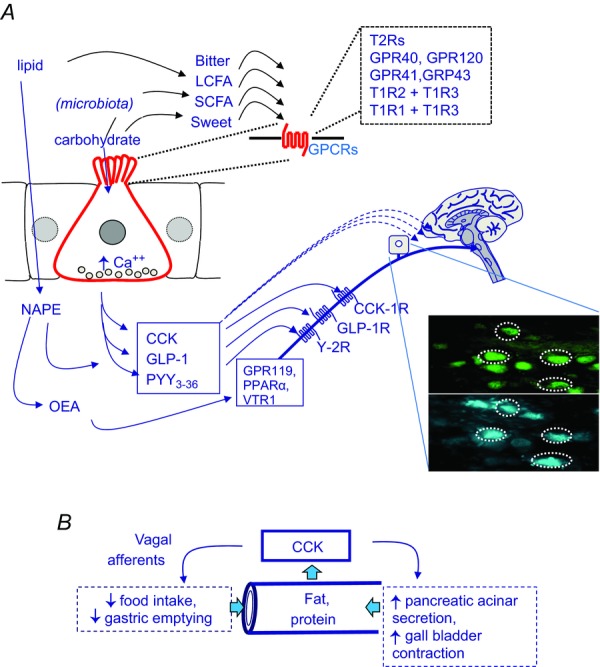Figure 1. Overview of nutrient sensing mechanisms in the gut and signalling to the CNS.

A, sensing of gut luminal chemicals is a property of enteroendocrine cells (red); examples of luminal sensing G-protein coupled receptors (GPCRs) on the apical membrane include those for bitter compounds (T2R), amino acids (extracellular calcium-sensing receptor, CaSR; T1R1 + T1R3), long chain fatty acids (LCFA: GPR40, GPR120), short chain fatty acids (SCFA: GPR41, GPR43) and sweet compounds (T1R2 + T1R3). Increased intracellular calcium controls exocytosis at the basolateral membrane of hormone-containing secretory vesicles. Examples of intestinal hormones that act on vagal afferent neurons include cholecystokinin (CCK) from I-cells predominantly found in the proximal small intestine, and acting at vagal CCK1 receptors, and GLP-1 and PYY3–36 from L-cells predominantly in the ileum and colon and acting at GLP-1 and Y2 receptors respectively (PYY3–36 is generated extracellularly from the primary secretory product PYY). Dietary oleate is converted by enterocytes to N-acylphosphatidylethanolamine (NAPE) which in turn gives rise to oleoylethanolamide (OEA) which may act on PPARα, GPR119 or TRPV1. The inset shows nodose ganglion cells labelled retrogradely from the stomach (blue) and expressing CCK1 receptors (green). B, CCK is a master-regulator of the luminal environment in the upper small intestine. It is released by fat and protein in the intestine and matches delivery of nutrient to the capacity for nutrient digestion: this is achieved by inhibition of nutrient delivery by slowing gastric emptying and inhibiting food intake (via vagal afferent stimulation) and by stimulating gall bladder contraction and pancreatic acinar cell secretion (both of which can be direct effects) thereby delivering deliver bile salt and digestive enzymes to the intestine.
